Chapter 13
Japan Before 1333 CE
By Boundless
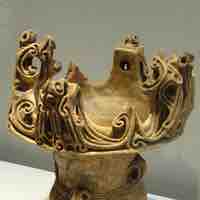
Pottery from the prehistoric Jōmon period in Japan is thought by many scholars to be the oldest yet discovered in the world.
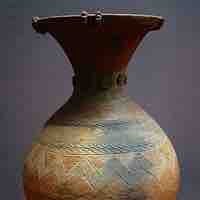
Artifacts brought to the Japanese islands by the Yayoi people bore Chinese and Korean influences and ushered Japan into the Iron Age.
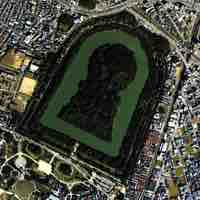
The Kofun period is the oldest era of recorded history in Japan and is characterized by its earthen burial mounds.
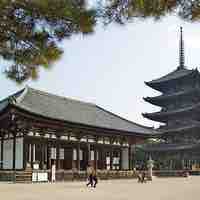
The introduction of Buddhism to Japan resulted in the creation of temples, monasteries, paintings, and sculptures of extraordinary artistic achievement.
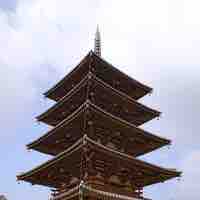
The Hōryū-ji Temple, one of the most celebrated temples in Japan, reflects the spread of Buddhism and Chinese culture in Japan.
The Tōdaiji is the most ambitious Buddhist temple complex of the Nara period in Japan.
The art of the Kamakura period reflected the introduction of the Pure Land School of Buddhism, which depicted the Amida Buddha.
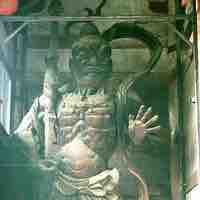
The Kamakura Period was marked by a continuation of Heian painting traditions and new innovations in sculpture.